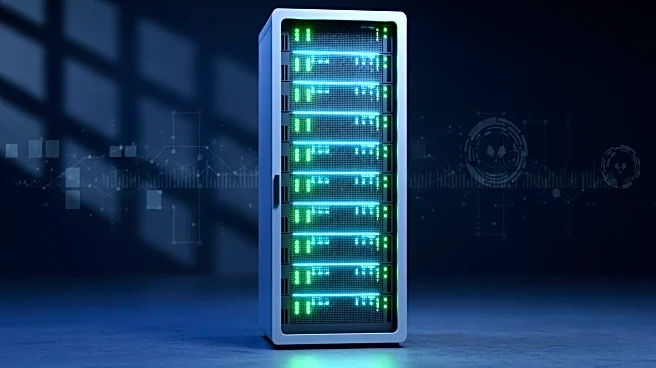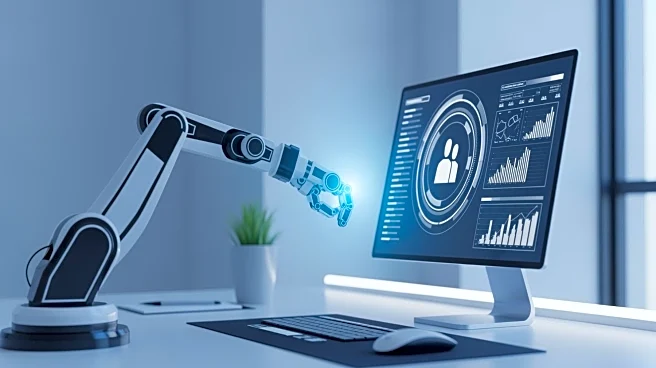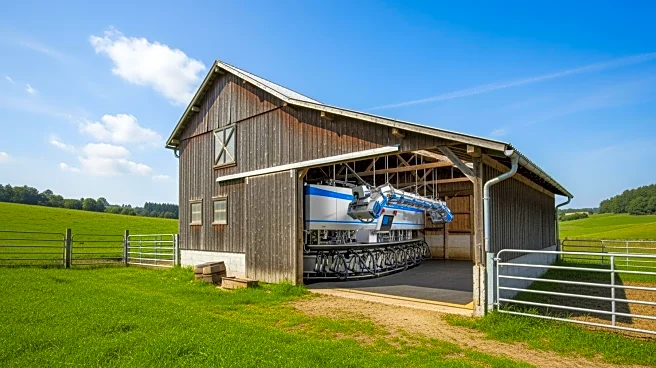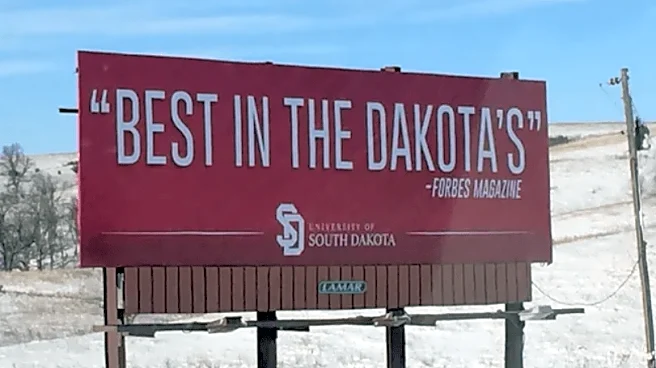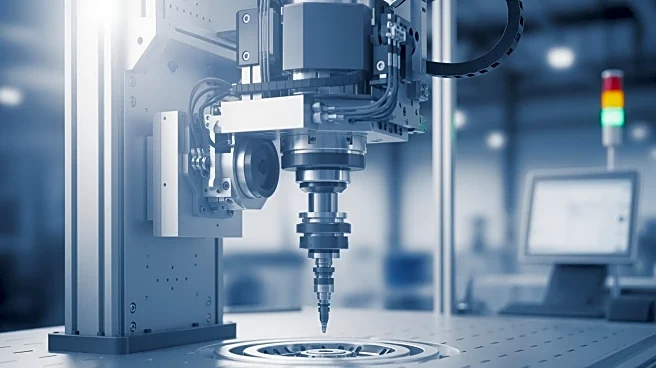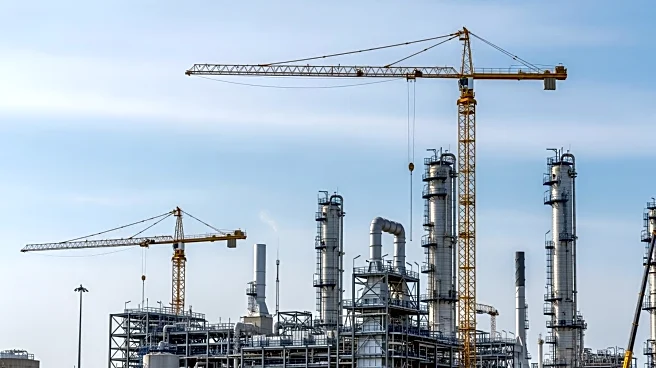What's Happening?
Montana's manufacturing industry is experiencing significant growth, with a real annual GDP increase of 12.4% last year, despite facing persistent workforce challenges. The industry has expanded by 80%
since 2017, with 5,586 manufacturers statewide, including 903 in Flathead County. However, maintaining a consistent workforce remains a major challenge, as highlighted by President Terri Chichester of Montana Global Health, who struggles with high tariffs and workforce consistency. The industry has seen job gains of about 100 per year statewide since 2020, but filling these positions is increasingly difficult due to low unemployment rates and retiring baby boomers. The Kalispell Chamber of Commerce's recent symposium emphasized the need for qualified employees, with automation and apprenticeship programs suggested as potential solutions.
Why It's Important?
The growth of Montana's manufacturing industry is crucial for the state's economic development, providing job opportunities and contributing to GDP growth. However, the workforce challenges pose a significant threat to sustaining this growth. The difficulty in filling positions could hinder the industry's expansion and affect businesses' ability to meet production demands. Automation and apprenticeship programs could mitigate these challenges by reducing turnover and filling labor-intensive roles. The industry's success is vital for local economies, particularly in areas like Flathead County, where manufacturing plays a key role in economic stability.
What's Next?
To address workforce shortages, Montana's manufacturing sector may increasingly turn to automation and apprenticeship programs. These initiatives could help fill difficult positions and reduce employee turnover. Additionally, efforts to connect under-utilized demographics, such as retirees and disabled individuals, with job opportunities may be expanded. The opening of a new prerelease center in Evergreen presents a unique opportunity to integrate individuals into the workforce, potentially alleviating some labor shortages. Continued collaboration between industry leaders and government agencies will be essential in developing effective strategies to support the industry's growth.
Beyond the Headlines
The reliance on automation in manufacturing could lead to shifts in job roles, with employees moving from manual tasks to more value-added work. This transition may require retraining and upskilling of the workforce, presenting both challenges and opportunities for workers. The integration of under-utilized demographics into the workforce could also have broader social implications, promoting inclusivity and diversity within the industry. As manufacturing continues to grow, the industry may play a pivotal role in shaping Montana's economic landscape and workforce dynamics.


